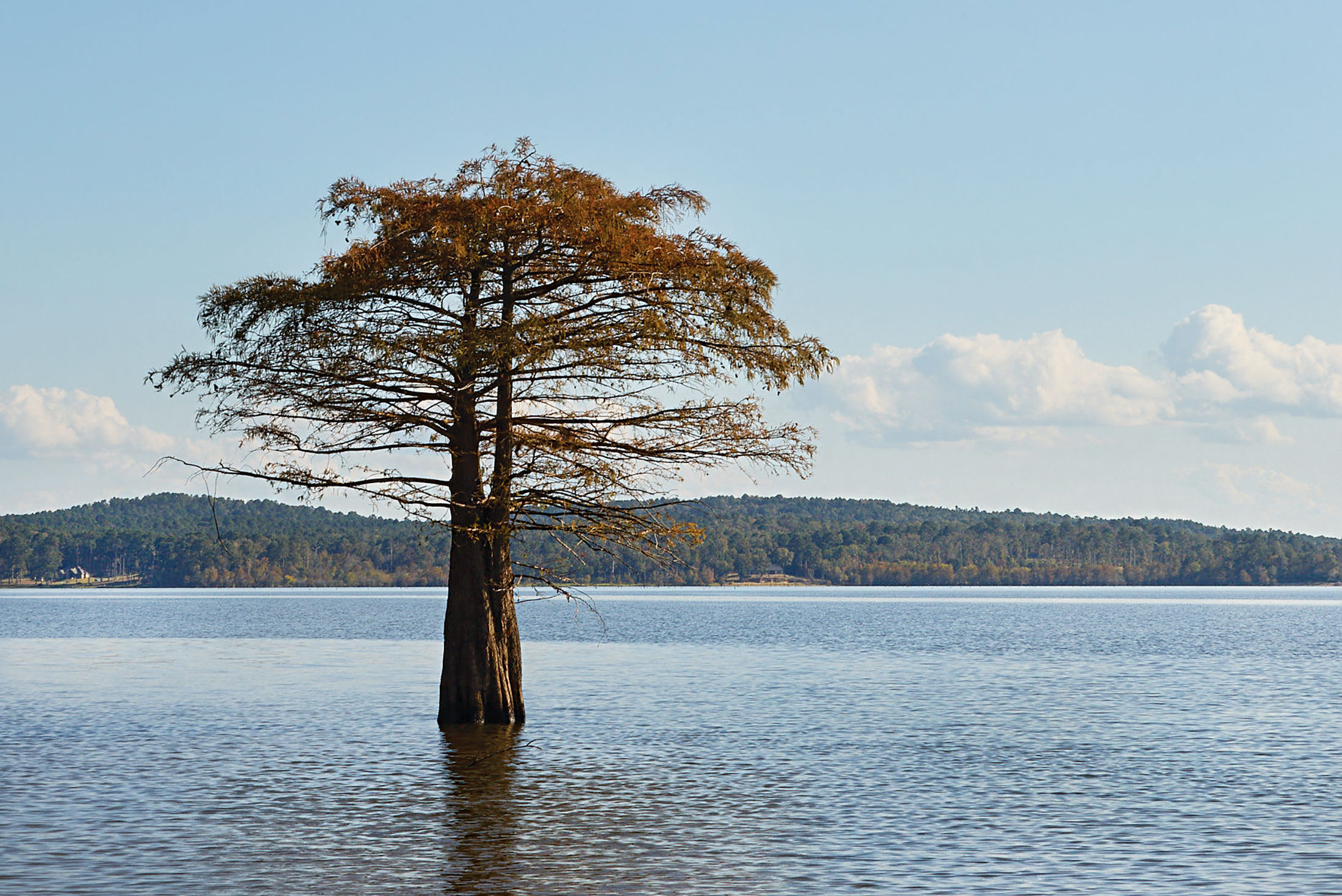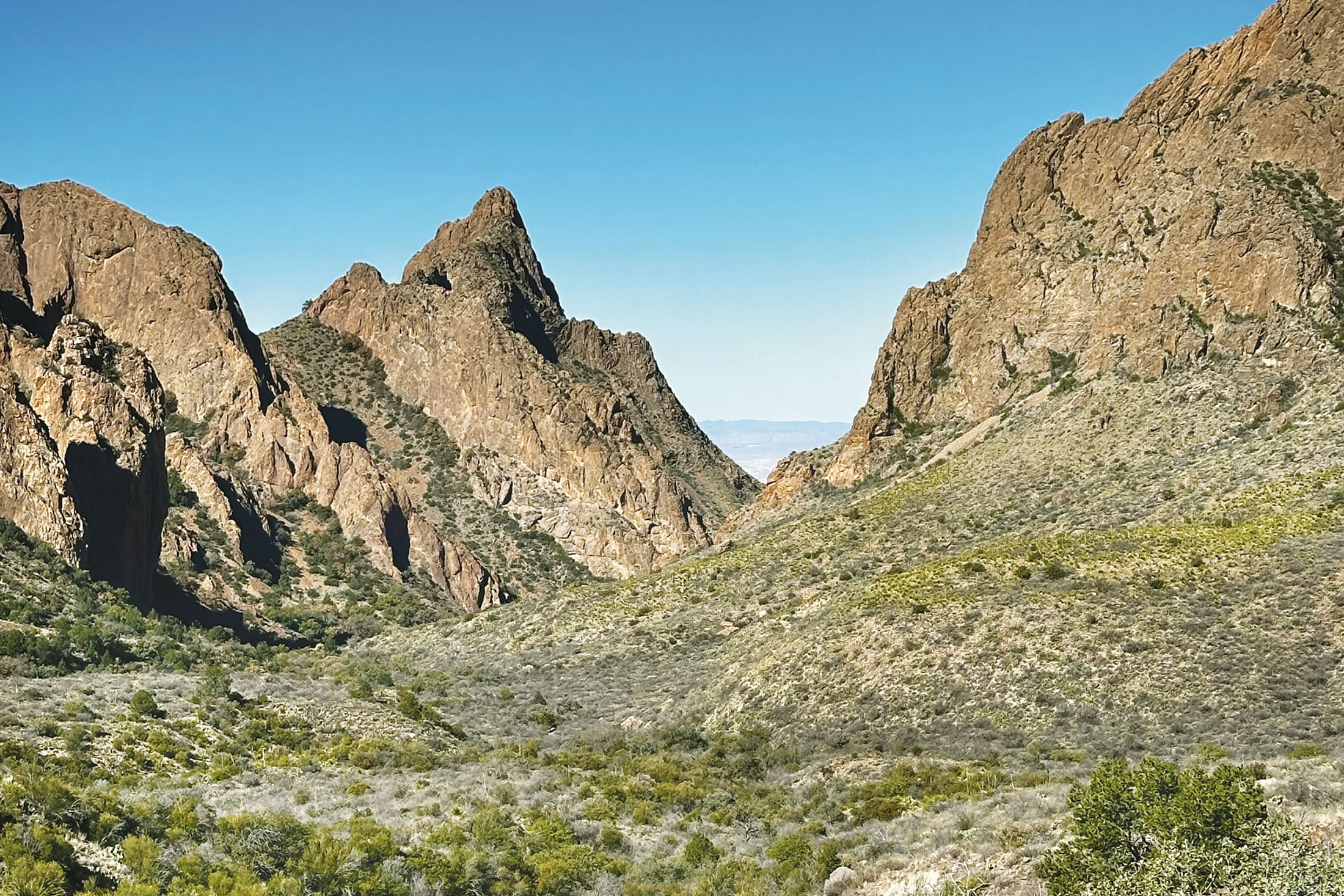A Beginner’s Guide to Texas State Parks

Image: Saba Khonsari
Whether you’re camping for the first time or just looking for a day trip to explore nature beyond your backyard, Texas State Parks offer trails, events, and campsites for every kind of adventurer. Here’s how to plan your trip like a pro.
Find a park: To find your next state park adventure, use the searchable online map, which lets you filter options by activities and available amenities, including different types of campsites and water access. My family started our Texas State Park camping adventures by slowly venturing to parks farther and farther from Houston’s Inner Loop until we felt confident we didn’t need the safety net of being close to home.
Accessibility: A list of accessibility features for each park is available online, along with an events page for wheelchair-friendly and online events.
Save with the Texas State Parks Pass: If you plan to visit multiple parks, purchase the $70 annual pass that covers entrance to 88 state parks for you and anyone tagging along in your car. The pass also offers some discounts on camping, park store purchases, and equipment rentals, according to the website. Buy a second pass for someone in your household for $25.
Learn to camp: Texas Outdoor Family hosts workshops for first-time campers to learn the basics. A one-night workshop starts at $75 and includes almost everything you need, from a tent to a coffee press. You will need to bring your own bedding, personal items, and food. Upcoming fall dates for nearby Houston parks include Huntsville on Friday, October 24, and Brazos Bend State Park on Saturday, November 22.
Book your reservations ahead of time: For overnight stays or day visits during busy seasons, make a reservation. Booking online is easy. Search by park name or city to find available reservations. Campsite bookings open five months in advance, and popular destinations and lodging options can fill up quickly. Site details include loads of helpful information, including proximity to the restroom (I check this first). Many also include photos, and there is a map showing where the site is located in the park. This has been key to booking a more secluded site or finding one with lakeside views.
Pack the essentials: Always keep the park and the weather in mind when packing. Water (if you forget yours, check the visitor’s center, which might sell bottles), baby wipes, hand sanitizer, sunglasses, sunscreen, gloves, and rain gear and hats to protect against the elements are all solid basics. A towel comes in handy whether sweaty, swimming, or hiking muddy trails, and don’t forget the snacks (but please dispose of your trash). Staying overnight requires a lengthier list, including toiletries, sleeping gear (tent, sleeping bags), campsite tools and lighting (lanterns or headlamps), and cooking utensils and tools, which can be as simple as a stick to roast hot dogs and marshmallows or more complex, like a camp stove with ingredients to make a multicourse meal.
Tips for families: Double the time if you’re hiking with a little one. As parents to a younger child, we found it best to double the anticipated time to account for the slower walking pace, snack breaks, extra wonder at the details of nature, and, quite frankly, tantrums. Fortunately, every state park has a trail map with a handy sidebar that lists distance, time, difficulty, and a description to help you map out your trek.
Take advantage of the planned events. The programs, which are often led by a park ranger, also known as an interpretive guide, are nothing short of amazing. With programming including crafts, guided hikes, and fishing tutorials, my family takes advantage of every offering available during our visit. Often they’ll be listed on the online events calendar, but it’s always best to double-check at the park to see if anything has been added or canceled.
Record your adventures: For anyone who enjoys a goal, consider purchasing the Texas State Park’s scratch-off poster ($15) and/or the official Texas State Park passport ($13), which can help you track all the trips you’ve taken. Don’t forget to bring a camera or a phone to capture the views.




